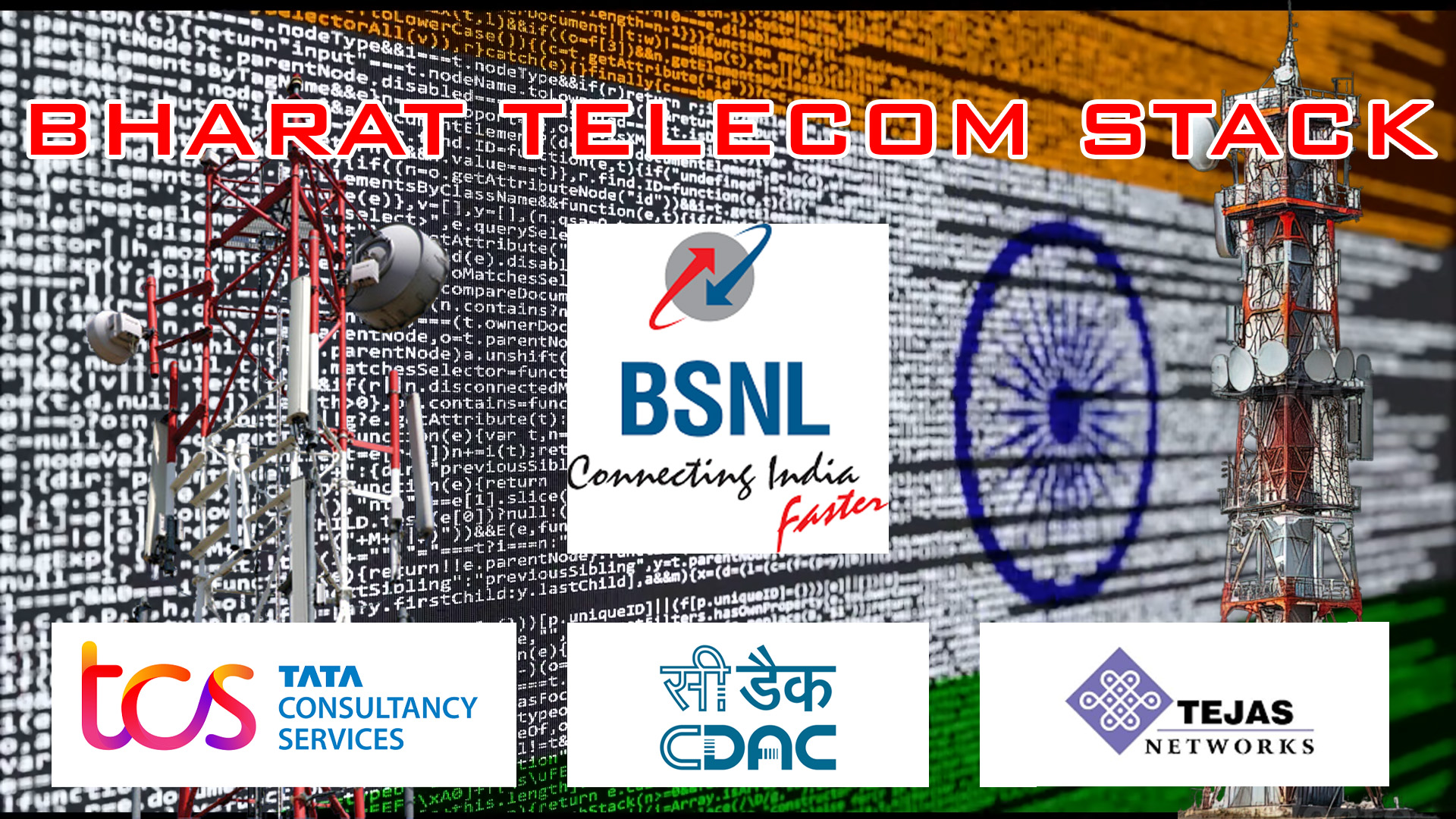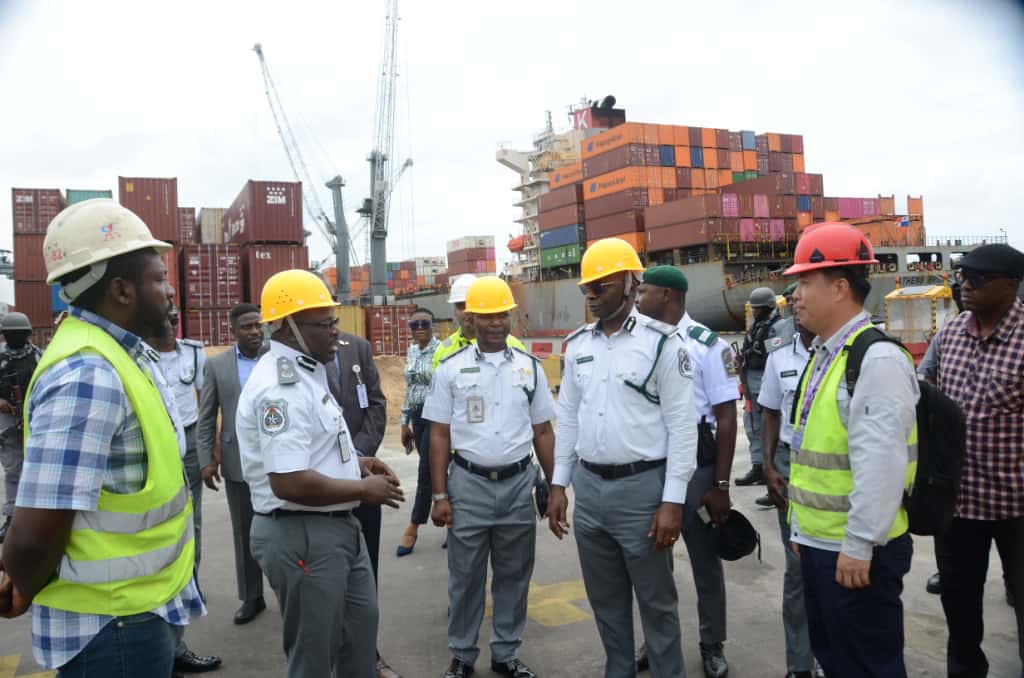PM Modi launches BSNL’s indigenous 4G stack: What is Bharat Telecom Stack, and why it is strategically important for Atmanirbhar India
By Raju Das
Copyright opindia

In a landmark moment for India’s technological sovereignty, Prime Minister Narendra Modi on Saturday inaugurated Bharat Sanchar Nigam Limited’s (BSNL) fully indigenous 4G stack, propelling the country into the select league of nations that build their own telecom infrastructure. The launch, coinciding with BSNL’s silver jubilee, also saw the commissioning of over 97,500 new 4G towers of BSNL, including 92,600 advanced sites, at an investment of around ₹37,000 crore.
While BSNL is late to introduce 4G, private telecom operators in India are already running 5G networks, the introduction is important because the entire network is based on equipment and technology developed in India, not based on foreign network equipment.
This indigenous full-stack 4G network solution, known as Bharat Telecom Stack, marks India’s entry into the elite club of nations capable of designing and manufacturing their own complete telecom infrastructure, joining Denmark, Sweden, South Korea, and China as the fifth member. Developed entirely within the country, the Bharat Telecom Stack embodies the spirit of Atmanirbhar Bharat, by reducing dependence on foreign technology and fostering innovation in critical sectors like telecommunications.
What is the Bharat Telecom Stack
The Bharat Telecom Stack is a comprehensive, homegrown telecommunications ecosystem designed, developed, and deployed in India. It represents a “Swadeshi” 4G network stack that operates on a cloud-based architecture, enabling seamless scalability and future upgrades to 5G without overhauling the entire system. Unlike traditional telecom setups that rely on imported hardware and software from global vendors, this stack integrates every layer, from core network functions to radio access and edge computing, using Indian intellectual property and manufacturing.
At its heart, the stack prioritises security, efficiency, and inclusivity. It is the first time India has achieved a “full-stack” telecom solution, meaning it covers the end-to-end process of signal transmission, data processing, and user connectivity. This innovation is the result of a collaborative effort between public and private entities, including Bharat Sanchar Nigam Limited (BSNL), Tata Consultancy Services (TCS), the Centre for Development of Telematics (C-DOT), and Tejas Networks.
While C-DOT developed the core technology, TCS set up data centres, deploying base stations and radio infrastructure developed by Tejas Network. The entire network has been integrated under AI-driven Cognitive Network Operations (CNOPS) platform Cognitive Network Operations (CNOPS) for round-the-clock monitoring.
The development of the Bharat Telecom Stack is a testament to India’s evolving R&D capabilities in telecom. Initiated under the Atmanirbhar Bharat initiative, the project addressed long-standing vulnerabilities in India’s telecom sector, which has historically imported over 90% of its equipment from foreign suppliers. The stack’s creation involved rigorous testing and integration, culminating in a Rs 37,000 crore investment to commission over 97,500 towers nationwide.
The entire system was completed within just two years, making it one of the fastest 4G deployments globally.
The rollout is ambitious and targeted. Initial deployment focuses on underserved regions, with over 18,900 sites funded under the Digital Bharat Nidhi scheme. These include solar-powered towers in remote, border, and insurgency-affected areas, aiming to connect 26,700 villages that previously lacked reliable internet access.
Why is the Bharat Telecom Stack Crucial for Atmanirbhar Bharat
The Atmanirbhar Bharat campaign, launched in 2020 amid global supply chain disruptions caused by the pandemic, emphasizes self-reliance across five pillars: economy, infrastructure, systems, demography, and demand. The telecom sector, vital for all these pillars, has been a prime target for indigenization. The Bharat Telecom Stack aligns perfectly with this vision, offering multifaceted benefits that extend far beyond connectivity.
Enhancing National Security and Digital Sovereignty
In an era of escalating cyber threats and geopolitical tensions, reliance on foreign telecom gear poses significant risks. The stack eliminates these vulnerabilities by ensuring that core infrastructure is “Made in Bharat,” free from backdoors or supply chain interruptions. This is particularly critical for border regions and defence applications, where secure communication can be a matter of national security.
As Prime Minister Modi noted, the project “symbolises the strength of Atmanirbhar Bharat” by guaranteeing resilience and control over India’s digital backbone. It echoes the other successful indigenous stack, India Stack, which has resulted in services like Aadhaar, FASTag, DigiLocker, UPI etc, creating a unified ecosystem of sovereign tech.
Driving Economic Growth and Job Creation
Economically, Bharat Telecom Stack is a game-changer. Instead of importing expensive telecom technology and gears, India can now export this technology globally, potentially generating billions in revenue. This initiative represent a giant leap towards Atmanirbhar Bharat, transforming India into a global telecom equipment manufacturing hub and boosting the GDP through value-added exports. India has already become a major producer of mobile phones, now the country will also produce the equipment that connect those phones.
Bridging the Digital Divide for Inclusive Development
The stack is also about empowerment. By connecting rural villages not served by private operators, it brings high-speed internet to millions, enabling rural entrepreneurs to access e-commerce, farmers to use precision agriculture apps, and students to pursue online learning. This digital inclusion aligns with the Viksit Bharat goal by 2047, ensuring that no citizen is left behind in the digital revolution.
As the stack is 5G ready, BSNL will be able to upgrade its network from 4G to 5G without large investment. The public telecom company plans to rollout 5G network by the year-end.
Looking forward, the Bharat Telecom Stack sets the stage for India to lead in 6G research and beyond. With its export-ready design, it could soon power networks in developing nations.
The Bharat Telecom Stack is more than a technical achievement, it’s a declaration of India’s arrival as a technology powerhouse. It fortifies Atmanirbhar Bharat against external shocks and unlocks unprecedented opportunities for growth and equity. As Prime Minister Modi aptly said, this is India’s journey “from dependence to confidence,” ensuring a digitally empowered future for the nation.
In an interconnected world, a sovereign telecom stack isn’t just strategic, it’s essential.



